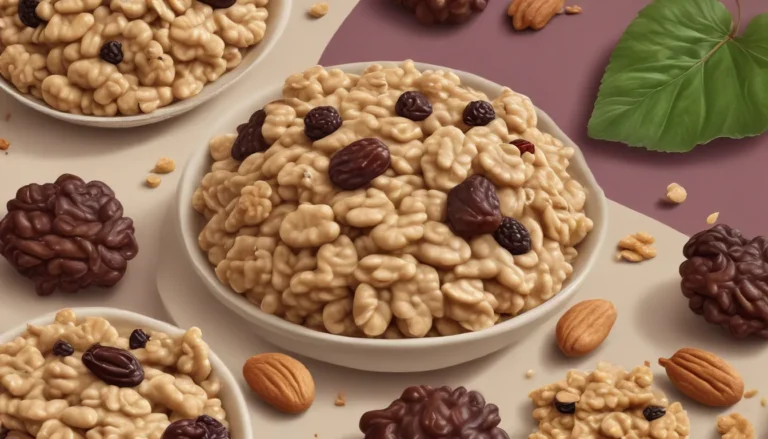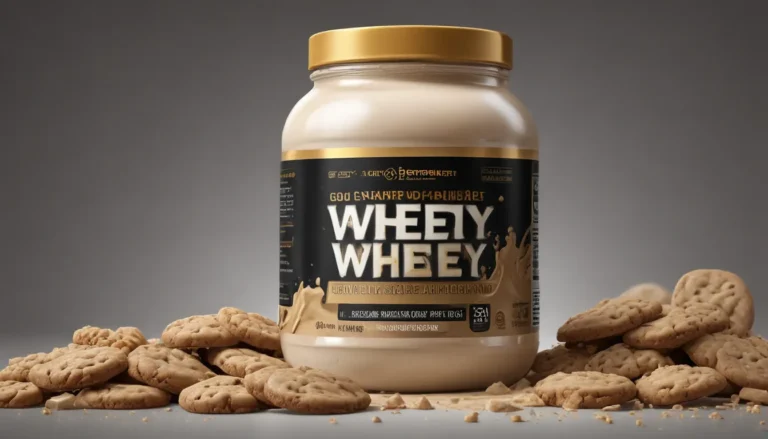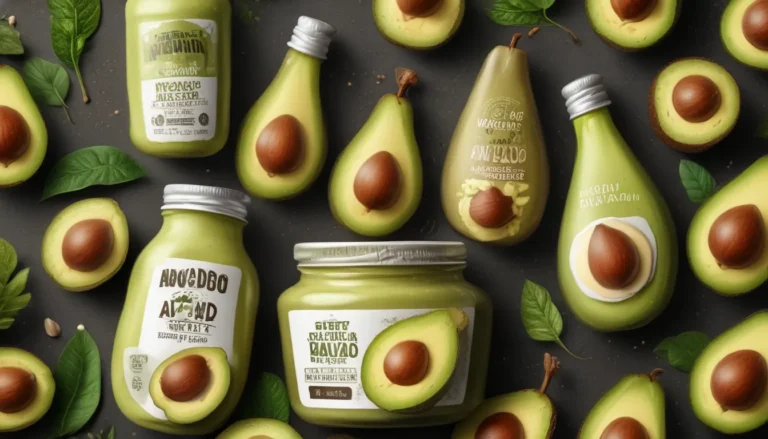The pictures in our articles might not always show exactly what the text is talking about. We use these images to make the article more interesting and eye-catching. They are there to add to the text, but not to replace it or show every detail.
Soft serve ice cream is a beloved treat that brings joy to people of all ages. Whether it's a hot summer day or a rainy afternoon, the creamy and smooth texture of soft serve is hard to resist. But have you ever wondered about the nutrition facts behind this delightful dessert? In this comprehensive guide, we will explore 15 important facts about soft serve nutrition that you should know. From calorie count to macronutrients, we will uncover the nutritional profile of this frozen delicacy. So, if you're curious about how your favorite soft serve actually shapes up in terms of nutrition, read on to discover some surprising and enlightening facts.
Understanding Soft Serve Nutrition
Soft serve ice cream typically contains around 150-250 calories per serving, making it a sweet indulgence to enjoy in moderation. With lower fat content and a variety of flavors, soft serve is a delightful summer treat that can provide a small amount of calcium and vitamin A.
Calories in Soft Serve
Soft serve ice cream usually contains around 150-250 calories per serving, depending on the flavor and toppings.
Fat Content in Soft Serve
Compared to regular ice cream, soft serve typically has a lower fat content, with around 4-8 grams of fat per serving.
Sugar Content of Soft Serve
A serving of soft serve can contain 15-25 grams of sugar, making it a sweet treat that should be enjoyed in moderation.
Protein in Soft Serve
Soft serve ice cream generally has a low protein content, with only 2-5 grams per serving.
Nutritional Benefits of Soft Serve
A serving of soft serve can provide about 10-15% of the daily recommended intake of calcium and may contain small amounts of vitamin A, essential for healthy skin and eyes.
Keeping an Eye on Other Nutrients
Cholesterol and Sodium Levels
Soft serve is typically low in cholesterol, with less than 10 milligrams per serving. The sodium content can vary from 50-150 milligrams per serving.
Fiber Content in Soft Serve
Soft serve generally lacks fiber as it is primarily made from milk, sugar, and flavorings.
Allergens in Soft Serve
Soft serve may contain common allergens such as milk, soy, and gluten, depending on the recipe and flavor.
Artificial Additives in Soft Serve
Some soft serve varieties may contain artificial additives and stabilizers to improve texture and shelf life.
Enjoying Your Soft Serve
Serving Size and Popular Flavors
A serving of soft serve ice cream is typically around 1/2 to 3/4 cup, depending on the establishment. Soft serve ice cream comes in a wide range of flavors, including vanilla, chocolate, strawberry, and swirl.
Toppings to Enhance Your Experience
Soft serve can be enjoyed with a variety of toppings such as sprinkles, chocolate syrup, nuts, and fruit.
The Pleasure of Soft Serve
Soft serve ice cream is a popular treat enjoyed by people of all ages, especially during the summer months.
Indulging in Moderation
In conclusion, knowing the nutrition facts of soft serve ice cream is crucial for making informed choices about your diet. While soft serve can be a delicious treat, it's important to be mindful of its nutritional content. Remember that moderation is key when enjoying this creamy dessert. Soft serve can provide a good source of calcium and protein, but it is also high in sugar and fat. Be aware of portion sizes and try to choose lower-calorie toppings and mix-ins to keep the overall nutritional profile in check. By understanding the nutrition facts of soft serve, you can enjoy this indulgence while still maintaining a healthy and balanced diet.
FAQs About Soft Serve Nutrition
- Is soft serve ice cream healthier than regular ice cream?
-
Soft serve ice cream typically has a lower fat content compared to regular ice cream. However, it is still high in sugar and calories, so it's important to consume it in moderation.
-
Can soft serve ice cream be a part of a balanced diet?
-
Yes, soft serve ice cream can be enjoyed as part of a balanced diet. It's important to be mindful of portion sizes and choose healthier toppings and mix-ins.
-
Are there any nutritional benefits to soft serve ice cream?
-
Soft serve ice cream can provide a good source of calcium and protein. However, it should not be relied upon as a primary source of these nutrients.
-
Are there any low-calorie options for soft serve ice cream?
-
Some establishments offer low-fat or sugar-free soft serve options, which can be a better choice if you are watching your calorie intake.
-
Can you eat soft serve ice cream if you are lactose intolerant?
- If you are lactose intolerant, there are many dairy-free and lactose-free alternatives available that can still provide the creamy texture and taste of soft serve ice cream.
Soft serve ice cream offers a delightful and refreshing way to indulge in a sweet treat. Moderation is key when enjoying this creamy treat. Remember, life's too short not to savor the simple pleasures, so go ahead and treat yourself to a delightful swirl of soft serve every now and then!
Our commitment to delivering trustworthy and engaging content is at the heart of what we do. Each fact on our site is contributed by real users like you, bringing a wealth of diverse insights and information. To ensure the highest standards of accuracy and reliability, our dedicated editors meticulously review each submission. This process guarantees that the facts we share are not only fascinating but also credible. Trust in our commitment to quality and authenticity as you explore and learn with us.






